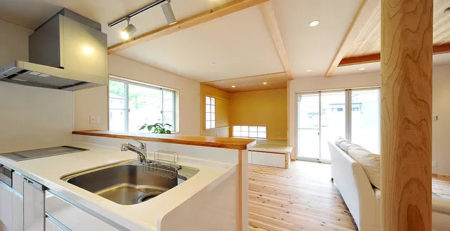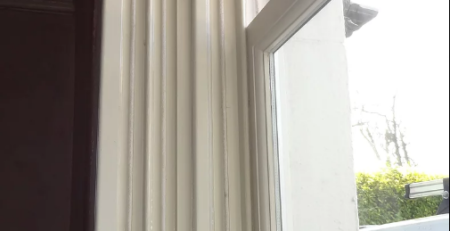Georgian, Victorian and Edwardian Sash Windows
There are three main types of sash windows in Britain, and these have been an architectural feature for over 200 years. These windows can tell you a huge amount about the history of a property.
As home owners become more interested in conserving the historic features of their home, they spend more time maintaining and caring for their sash windows, and they may become more curious about how old their sash windows are, and what they have seen throughout their history.
Types of Sash Windows
Single hung sash windows are the oldest design, these date back to Georgian times, they have only one section and this moves with a single pane of glass.
The Georgians were also responsible for developing this style into double hung sash windows. These were then taken on into the Victorian and Edwardian age. These windows feature panes placed in a variety of arrangements including six-over-six, four-over-four, nine-over-nine and six-over-two.
There are also horizontal sash windows, these have two sashes that slide sideways, as opposed to up and down. This design is far less common than conventional sash windows, so if your house features these you are very lucky.
If you have been unable to match your sash windows to the above designs, your architect may have gone rogue and added their own personal touch.
Periods of Sash Window Design
Georgians particularly adored the six-over-six design of the double hung sash window, they also introduced smaller panes of glass that were separated by glazing bars.
Victorians, in contrast, preferred one large pane of glass. They chose to feature their larger sash windows on the ground floor, and smaller sash windows on the upper floor.
Edwardians adopted a, somewhat random, multi-pane approach, they used multiple panes of glass on the upper sash and a single pane of glass on the lower sash.
Whichever style of sash window your home features, we can help with sash window restoration, ensuring they look as good as the day they were designed.






Leave a Reply